This article discusses whether to include snails and shrimp in your medaka aquarium and highlights the best options.
It’s Recommended to Add Snails for Personal Aquariums
Starting with the conclusion, it’s beneficial to add snails to your medaka aquarium for personal enjoyment. This is because snails help clean up leftover food and debris.
Leaving uneaten feed in the tank can lead to decomposition and deteriorate water quality. Adding snails and shrimp can prevent this from happening.
Many specialized medaka and tropical fish shops add snails for this very purpose.
Many breeders also add ramshorn snails to their breeding tanks and trays for cleaning purposes. Ramshorn snails can survive the winter, making them suitable for outdoor tanks.
Due to leftover feed, water quality can deteriorate quickly in aquariums, so adding snails is advisable.
Snails also help maintain clean water in outdoor biotopes.
Minimal Algae-Cleaning Effect
However, shrimp and snails primarily eat leftover food, not algae. While Amano shrimp effectively consume filamentous algae, other shrimp and snails are not particularly useful for algae removal.
Some snails, like horned nerite snails and batik snails, excel at cleaning algae but are not as resilient and don’t consume leftover food effectively. Algae on the glass should be manually cleaned for better results.
Recommended Shrimp and Snails for Medaka Aquariums
Below are some of the best shrimp and snails for a medaka aquarium.
Ramshorn Snails
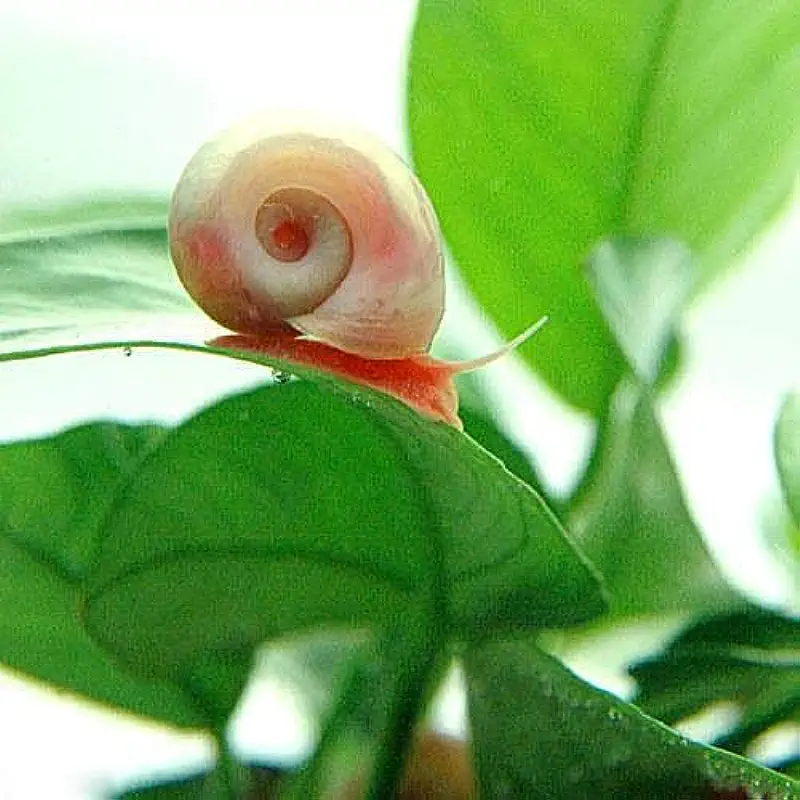
Ramshorn snails are small, tropical snails known for their strong reproduction rates. They thrive in tropical tanks as cleaners, but can also survive indoors during winter and often survive outdoors in biotopes.
Ramshorn snails love leftover food, making them especially effective in fry tanks where uneaten food is common. They have excellent cleaning abilities among shrimp and snails recommended for medaka.
They prefer alkaline water and need regular water changes to maintain their population. With consistent water changes, their numbers will quickly grow.
Ramshorn snails are resilient and can survive medication baths. They are ideal for cleaning medaka aquariums.
Japanese Pond Snails (Tanishi)
Japanese pond snails are also recommended for medaka tanks. Native to Japan, they are often used decoratively in aquariums. They can purify green water caused by phytoplankton.
Although they are more sensitive to water quality than ramshorn snails and will die in acidic or dirty water, they eat leftover food and are larger than ramshorns, so they work hard.
It’s best to acclimate them before adding them to the tank.
They also thrive outdoors, making them better suited to biotopes than indoor aquariums.
Radix and Physa Snails
Radix and Physa snails often hitch a ride with aquatic plants. Though small and not highly effective, they can clean leftover food. In some aquariums, their population can explode and overwhelm the tank. However, in acidic soil environments, they won’t thrive.
Horned Nerite Snails and Batik Snails
Horned nerite snails and batik snails are very efficient algae cleaners. Since they don’t reproduce in tanks, they’re great for maintaining aesthetics.
They can clean algae off glass but have limited other abilities. They will die if they flip over, so care is required.
Heater covers are essential because they will likely burn themselves on exposed heaters. Ramshorn snails rarely approach heaters, but horned nerites and batik snails often do, so be cautious.
Southern Marsh Shrimp (Minami Numa Ebi)
At 2 cm long, southern marsh shrimp are ideal for medaka aquariums. They are efficient leftover food cleaners and reproduce freely.
They are resilient to temperature and water quality changes. They are peaceful and won’t attack medaka fry, so they can coexist in tanks with young fish.
Amano Shrimp
Amano shrimp are 3-5 cm long and double the size of southern marsh shrimp. They excel at algae removal, especially filamentous algae.
They are also the most efficient at cleaning leftover food but will hoard sinking feed.
Since they are large, they may stress the medaka and eat eggs and fry.
While I’ve never seen them attack other creatures, I’ve observed them eating southern marsh shrimp. Whether it’s a dead shrimp or predation isn’t clear, but it’s better not to house them with expensive medaka or fry. Adult medaka can safely coexist.
Other Shrimp
Other shrimp like cherry and bee shrimp can coexist with medaka but have limited algae and leftover cleaning ability. Avoid predatory shrimp like long-arm shrimp, which might attack the medaka.
Red Ramshorn Snails and Southern Marsh Shrimp Are Best for Medaka Aquariums
Red ramshorn snails and southern marsh shrimp are ideal for medaka tanks, reducing the need for frequent water changes.
If southern marsh shrimp are bothersome, consider just adding ramshorn snails.
“`
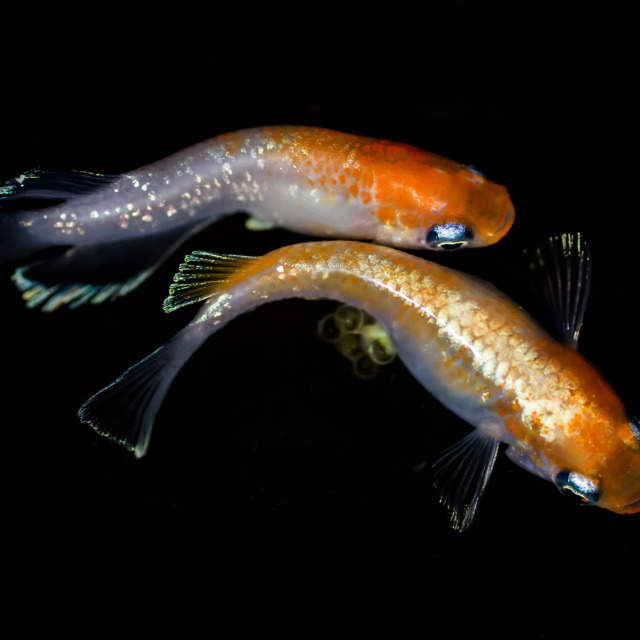

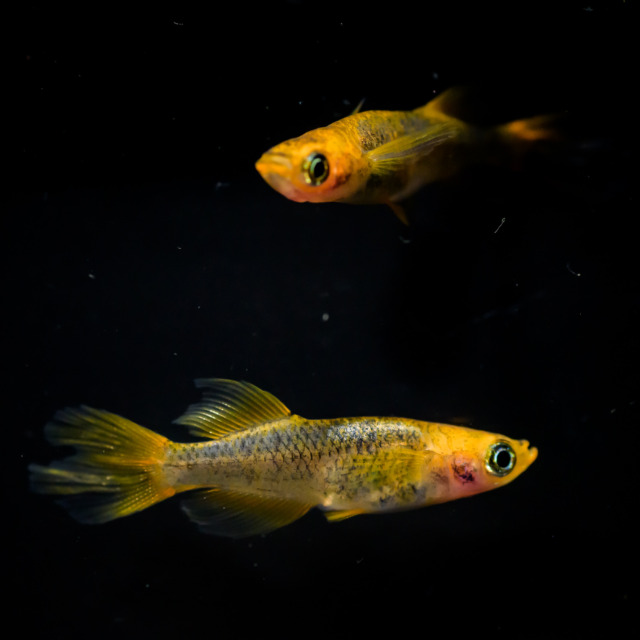

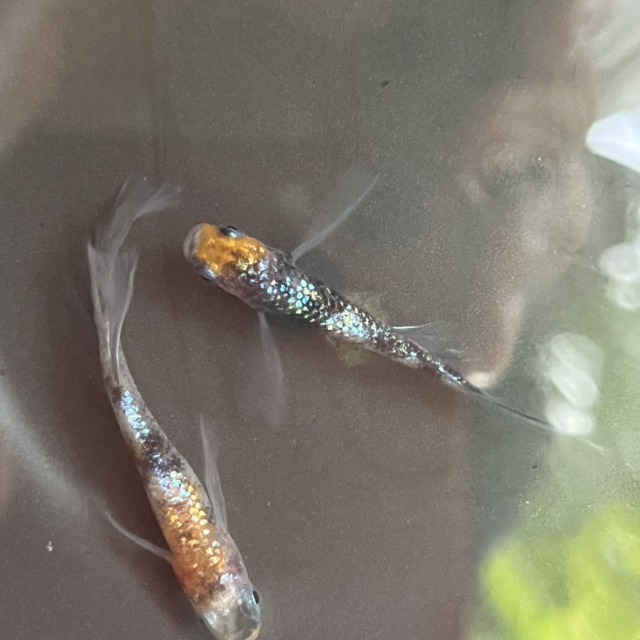
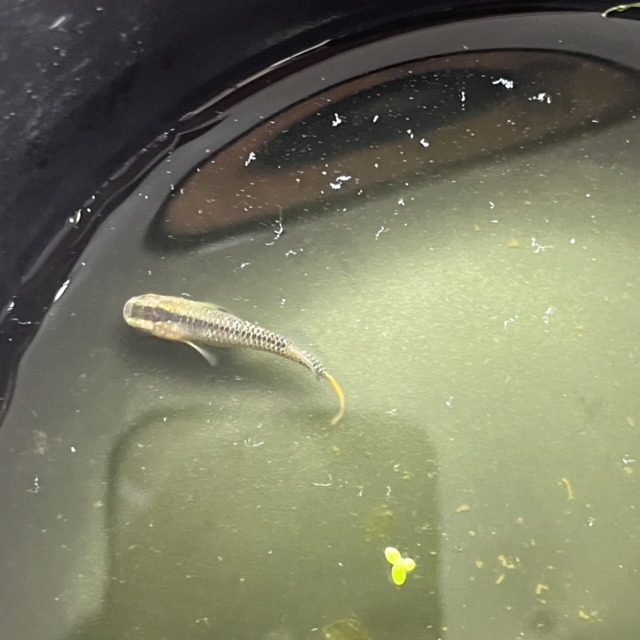
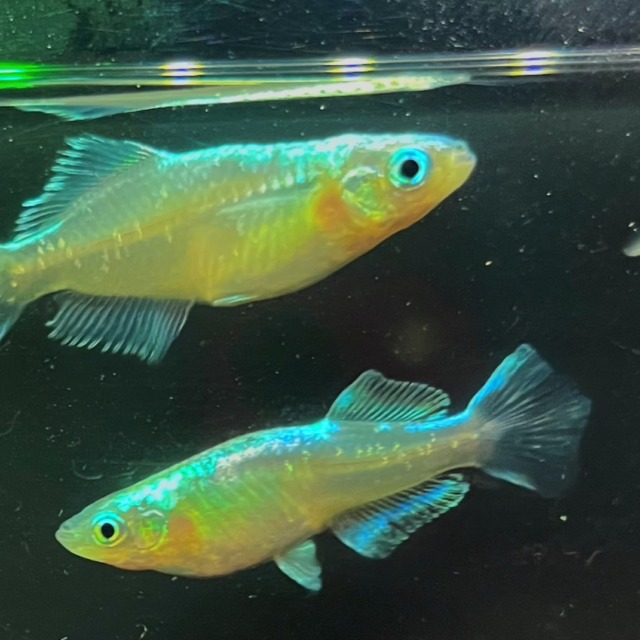
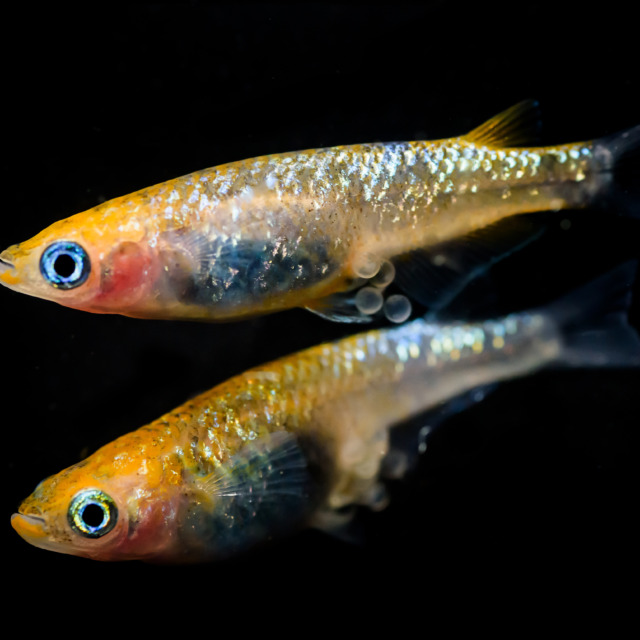



No comments yet.